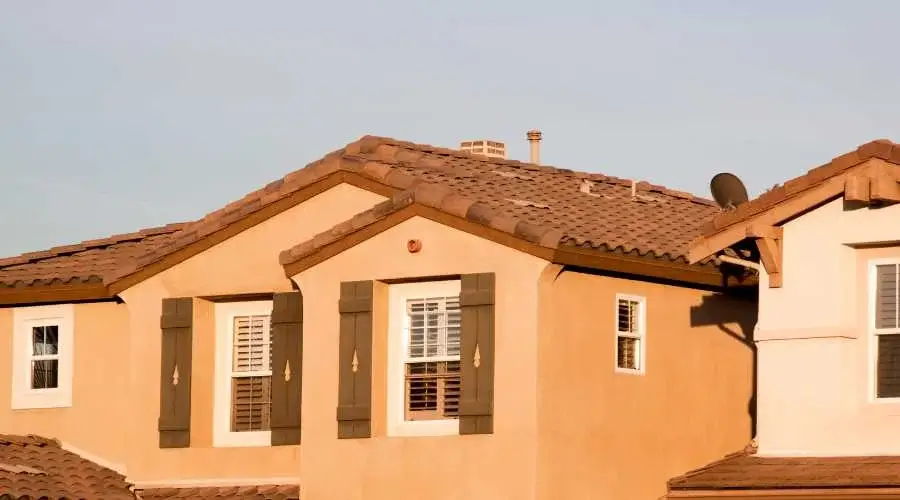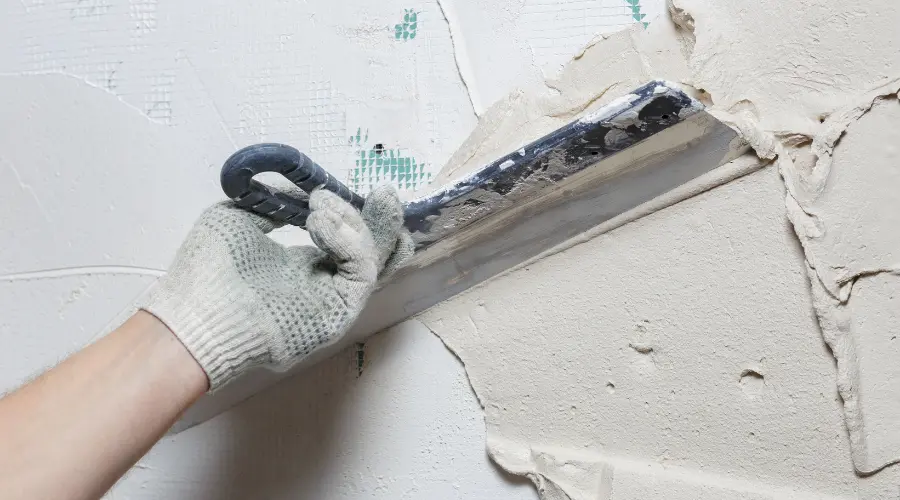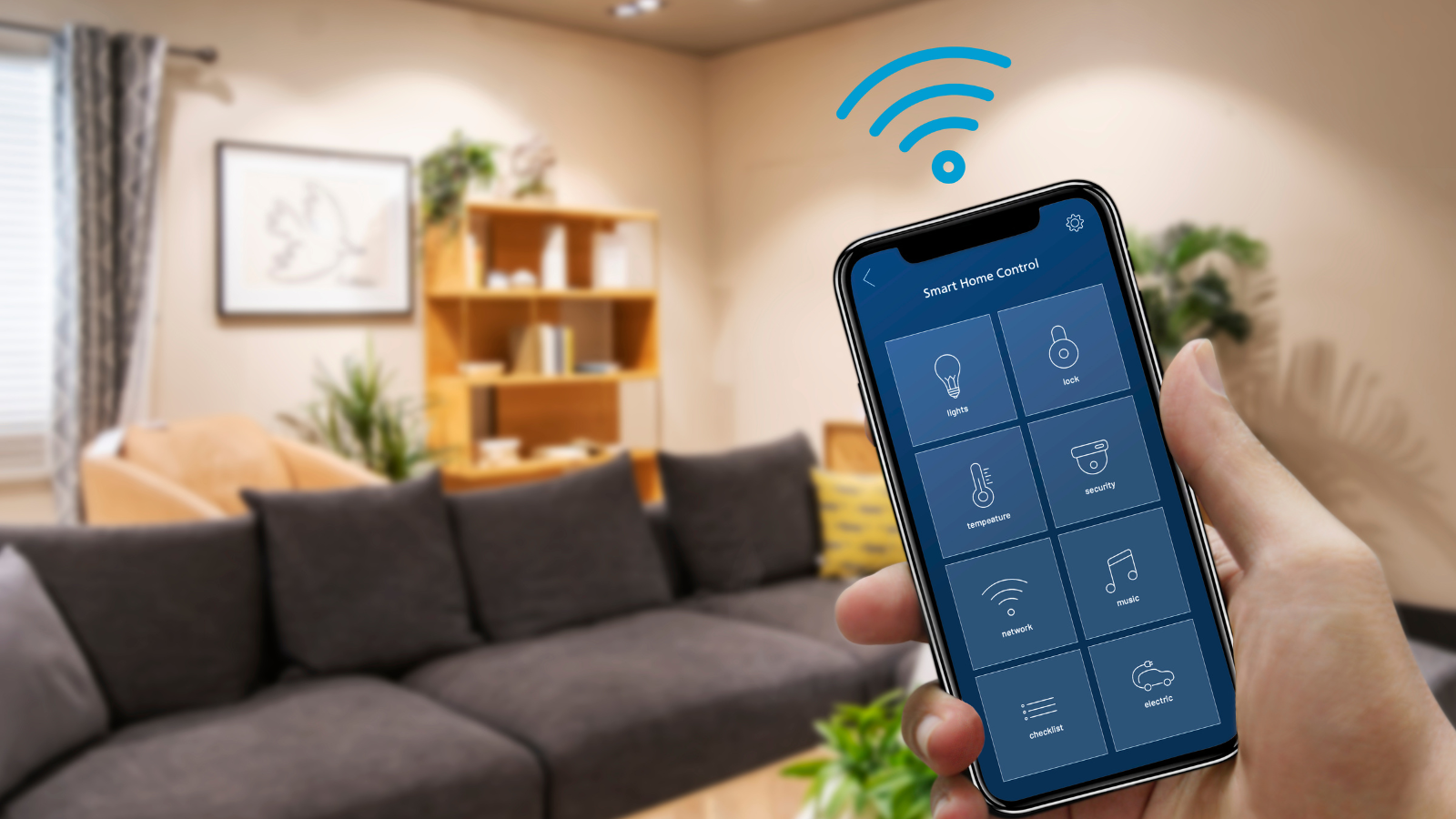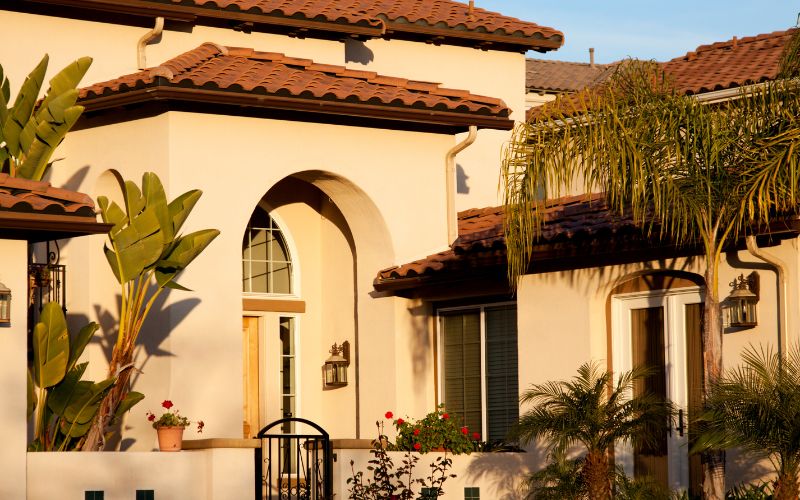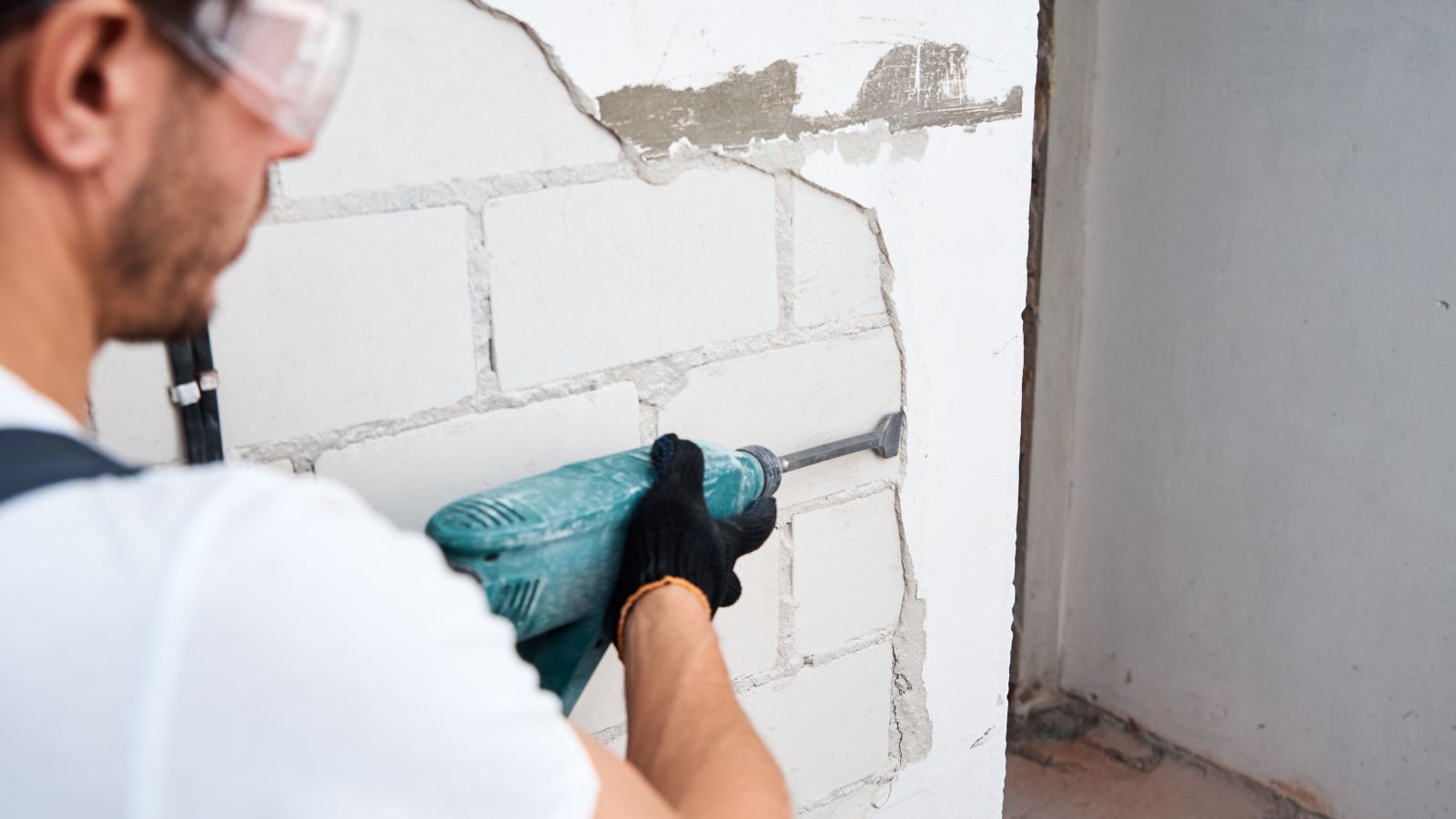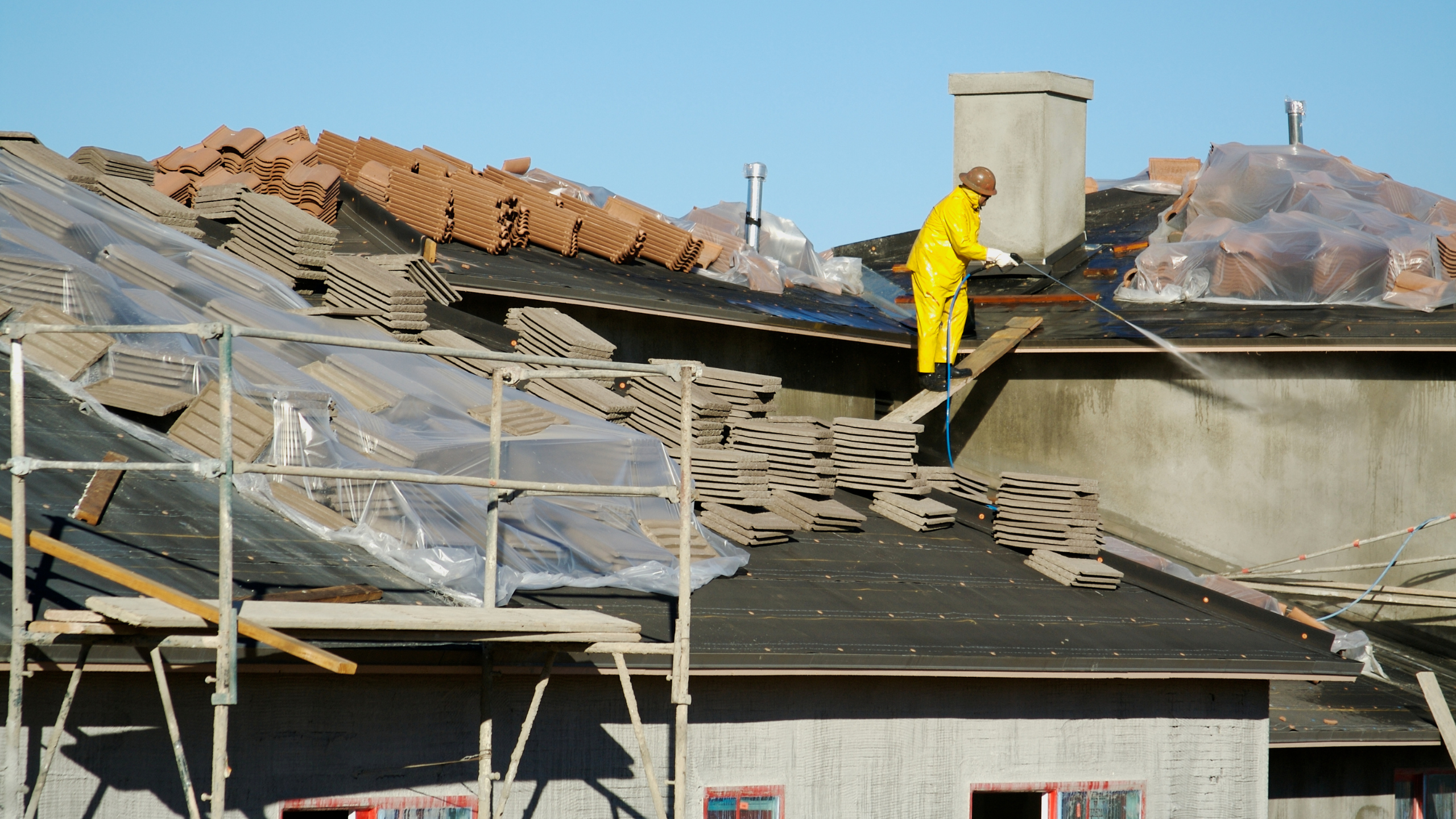Few choices are as impactful as selecting the perfect stucco color when it comes to boosting your home’s curb appeal. The right hue can transform your exterior, adding personality, charm, and visual appeal that stands the test of time.
Key Takeaway:
- Selecting the perfect stucco color is vital in enhancing your home’s curb appeal. Consider your home’s architectural style, surroundings, lighting conditions, and existing features.
- Incorporate timeless hues, test colors beforehand, and seek professional guidance to make a confident decision.
Consider Your Home’s Style and Surroundings
Your home’s architectural style is key to determining the ideal stucco color. A Mediterranean villa may call for earthy tones like terracotta or sandy beige, while a modern design might shine with sleek grays or whites. Colonial or traditional homes often pair well with timeless neutrals such as cream or taupe.
Additionally, think about the surrounding environment. Does your home sit in a lush, green neighborhood or an arid, desert-like area? The natural landscape and neighborhood aesthetics should influence your choice. A color that complements these elements creates a harmonious and inviting look.
Explore Color Trends and Gather Inspiration
Stay informed about current color trends to discover fresh ideas. Popular hues for stucco exteriors often include muted earth tones, soft pastels, and bold accents for trim or architectural details. Online platforms like Pinterest, home improvement blogs, and social media pages are excellent resources for seeing these trends.
While trends can inspire, focus on selecting a color that resonates with your style and will remain appealing for years. It’s better to opt for a classic hue than to follow fleeting trends that may feel outdated in a few years.
Understand the Impact of Lighting
Lighting dramatically influences how a color looks in your home. Natural sunlight can brighten colors during the day, while shadows and artificial lighting can darken or alter their appearance in the evening. Consider how your home is oriented—north-facing homes may appear cooler, while south-facing exteriors often look warmer.
To make an informed choice, observe how your selected colors look in various lighting conditions throughout the day. Testing swatches in different areas helps you gauge the full range of a color’s behavior.
Complement Existing Features
Your stucco color should harmonize with fixed elements of your home’s exterior, such as the roof, window frames, doors, and pathways. For example, a warm-toned roof pairs beautifully with earthy stucco shades, while a cool-toned roof might work better with grays or whites.
Architectural details also deserve attention. If your home features intricate molding or decorative trims, consider using a contrasting color to make these features pop. Conversely, a monochromatic palette can create a sleek, unified look.
Add Depth with Contrasting Colors
Introducing contrasting colors for accents can add depth and visual interest to your home’s exterior. Use a secondary color for trim, shutters, or front doors. For example, pair beige stucco with dark brown accents or crisp white with bold black trims.
The key is balance. Ensure the colors you choose complement rather than clash. A color wheel or professional advice can help you select harmonious contrasts.
Sample and Test Your Choices
Never skip the step of sampling and testing your chosen colors. Purchase small quantities of paint and apply them to a test area on your home’s exterior. Observe how the colors look under different lighting and blend with surrounding features.
Remember, texture plays a role, too. Stucco surfaces often have a rough, uneven texture that can affect a color’s appearance. Testing ensures you won’t encounter surprises after the entire application.
Think Long-Term
Trends may influence your initial choice, but longevity should be a priority. Neutral and timeless colors like beige, gray, and cream often appeal to a wide range of buyers if you plan to sell your home. These colors also allow for flexibility with landscaping, door accents, or seasonal decorations.
If you prefer something bolder, use vivid colors sparingly, such as on trims or accent walls. This approach allows you to showcase your personality without overwhelming the overall look.
Seek Professional Guidance
Choosing the right stucco color can feel overwhelming, but professional help can simplify the process. Experts like the CMB Edison Stucco & EIFS Repair team offer valuable insights, from selecting complementary shades to addressing technical considerations like texture and durability. Their guidance ensures your color choice enhances your home’s overall appearance and value.
Frequently Asked Questions (FAQ)
1. What is the most popular stucco color?
Neutral shades like beige, cream, and gray are popular stucco colors. They’re versatile, timeless, and complement a variety of architectural styles.
2. How do I choose a stucco color for my home?
Consider your home’s architectural style, surroundings, lighting conditions, and fixed features like the roof and windows. Sampling and testing colors before committing is also crucial.
3. Can I change my stucco color later?
Yes, you can repaint stucco, but the process requires proper preparation to ensure the new paint adheres well and lasts. Consult professionals for the best results.
4. How do lighting conditions affect stucco color?
Lighting can alter how a color appears. Sunlight may make it look brighter, while shade or artificial light can darken or change the hue. Always test colors under various lighting conditions.
5. Should I follow color trends for my stucco?
Trends can inspire, but prioritize timeless and personal preferences for an endured look. Trends change frequently, while your home’s exterior should stay appealing for years.
6. Can I use bold colors on stucco?
Yes, but it’s best to use bold colors sparingly, such as on trim or accents, to avoid overwhelming the overall design.
7. How long does stucco paint last?
With proper maintenance, high-quality stucco paint can last 7-10 years or longer. Factors like climate and exposure to sunlight can affect durability.
Conclusion
Choosing the perfect stucco color is an exciting way to enhance your home’s curb appeal and showcase your style. By considering your home’s style, surroundings, lighting, and long-term goals, you can select a hue that brings out the best in your exterior. Testing colors and seeking professional guidance are crucial steps in ensuring a result you’ll love for years. Contact CMB Edison Stucco & EIFS Repair today for expert advice and top-tier services that make your vision a reality.

